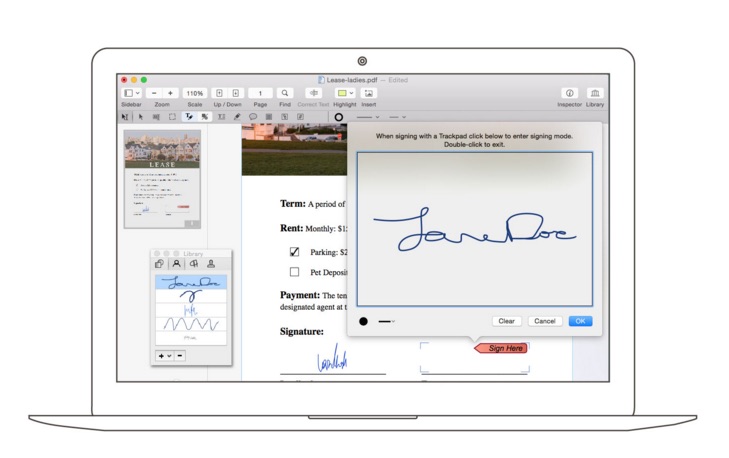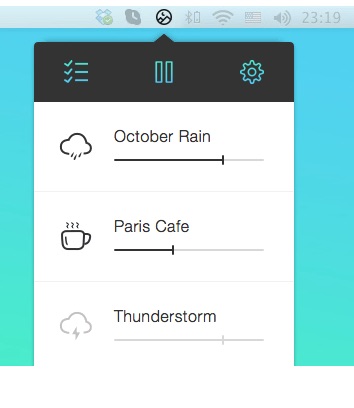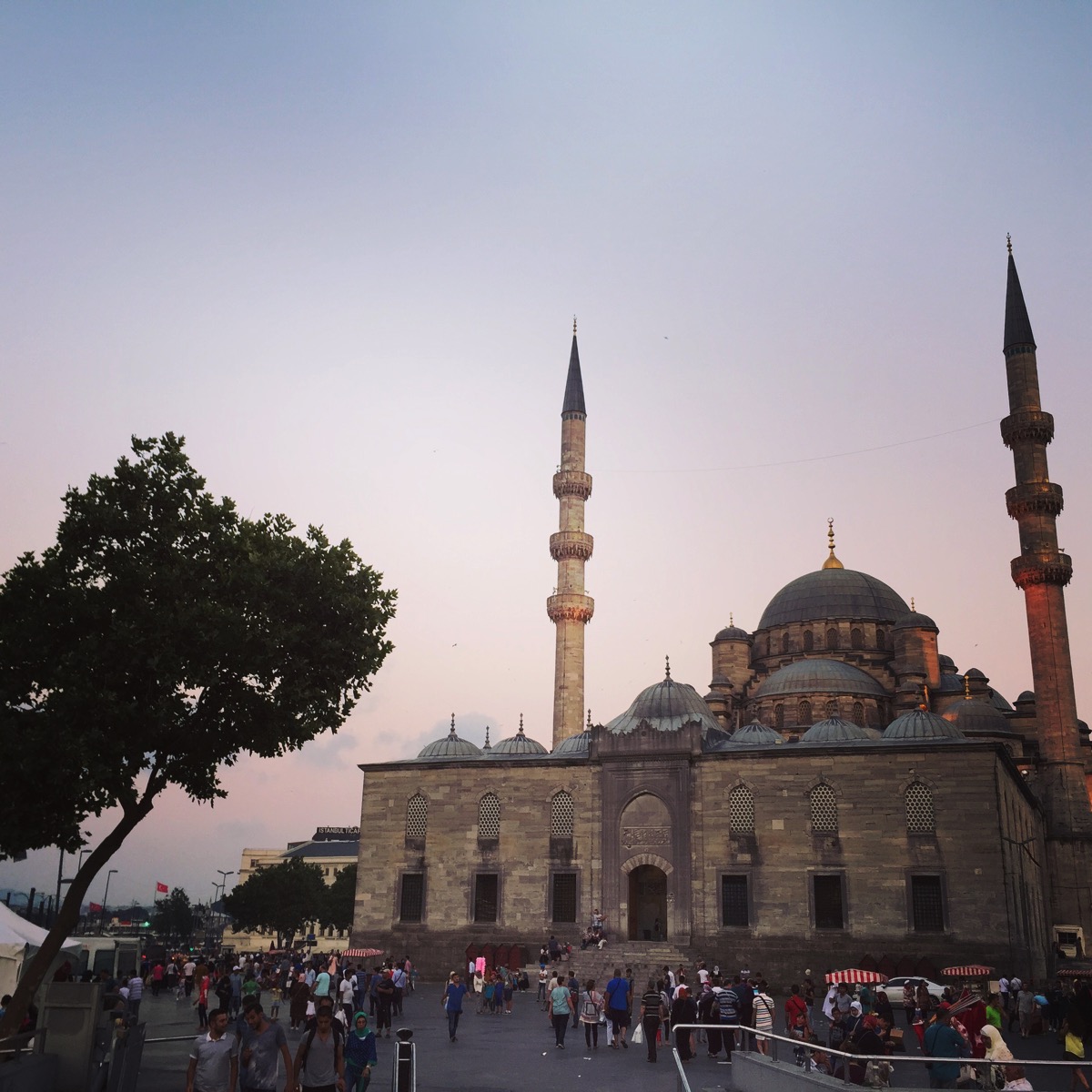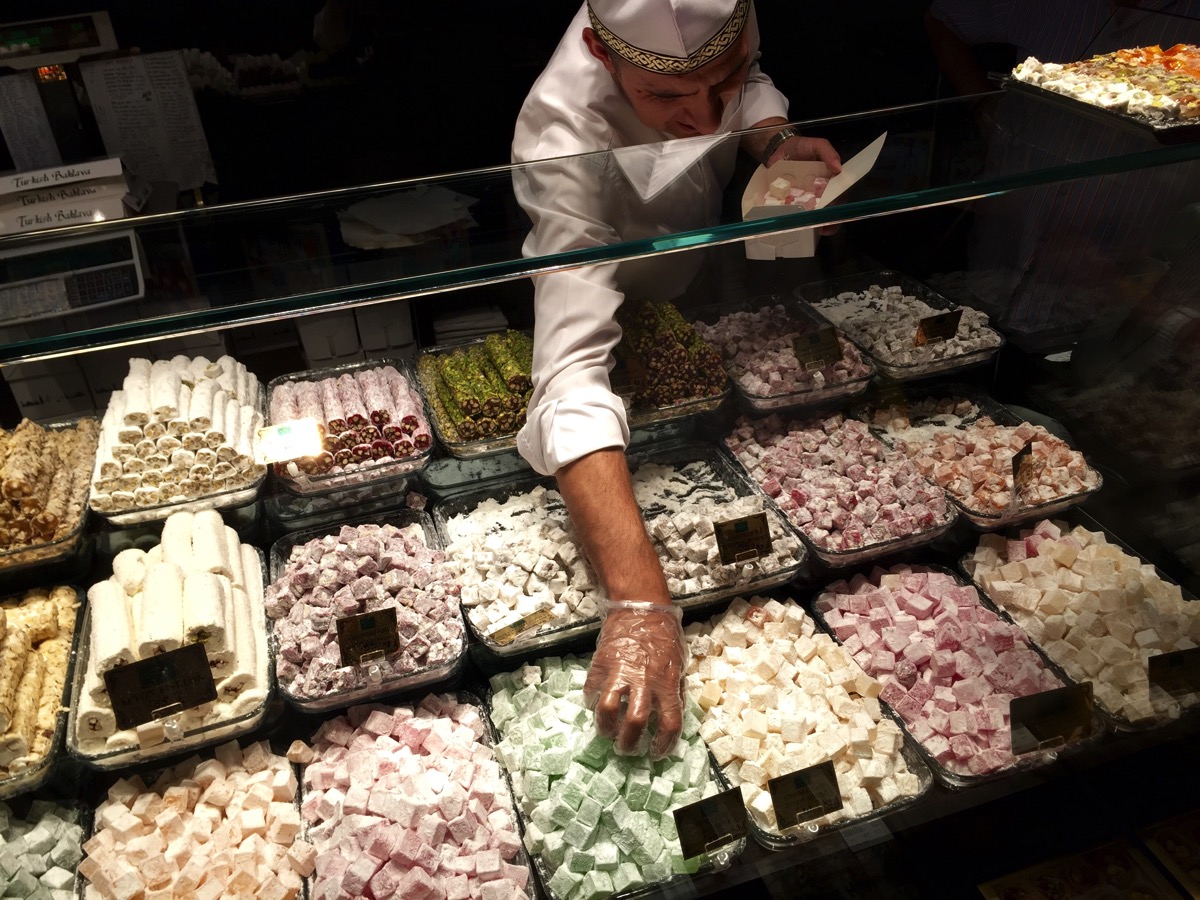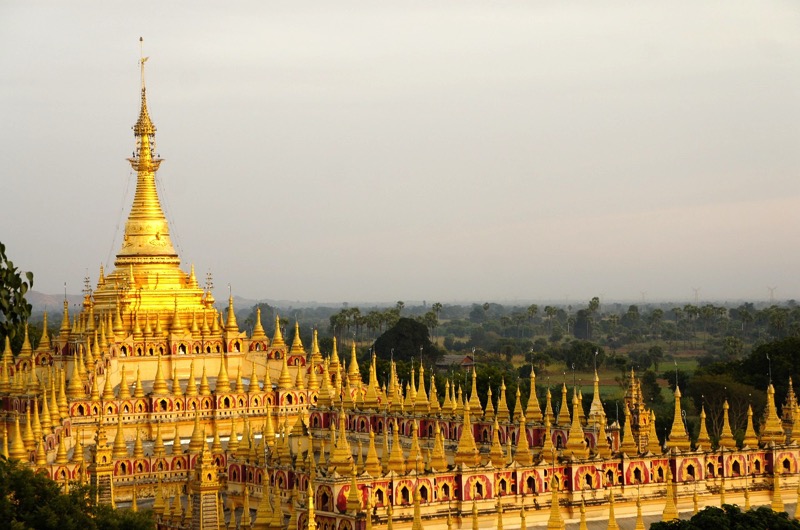
tl;dr:
- Don’t rush
- For longer trips, use Bangkok as a Base
- Next, Look Beyond Thailand to Cambodia, Laos, and Especially Vietnam
- More Destinations: Myanmar and Borneo
- Eat Liberally
- Disconnect
- If You Must, SIM Cards are Wi-Fi Widely Available
- Don’t Overpack, But Bring the Right Stuff
- Ask Friends of Friends for Advice
- Do Your Own Research
I spent a decade living and reporting in Southeast Asia: eight years in Bangkok followed by just over two years in Singapore.
Between work trips and vacations, I’ve visited every sizable country in the region, and most on several occasions: Myanmar, Malaysia, Laos, Cambodia, Indonesia, the Philippines, and Vietnam.
Friends sometimes ask me for tips on visiting the region, so I decided to compile my advice here, in one place.
But first, a couple of caveats:
1. Don’t Rush
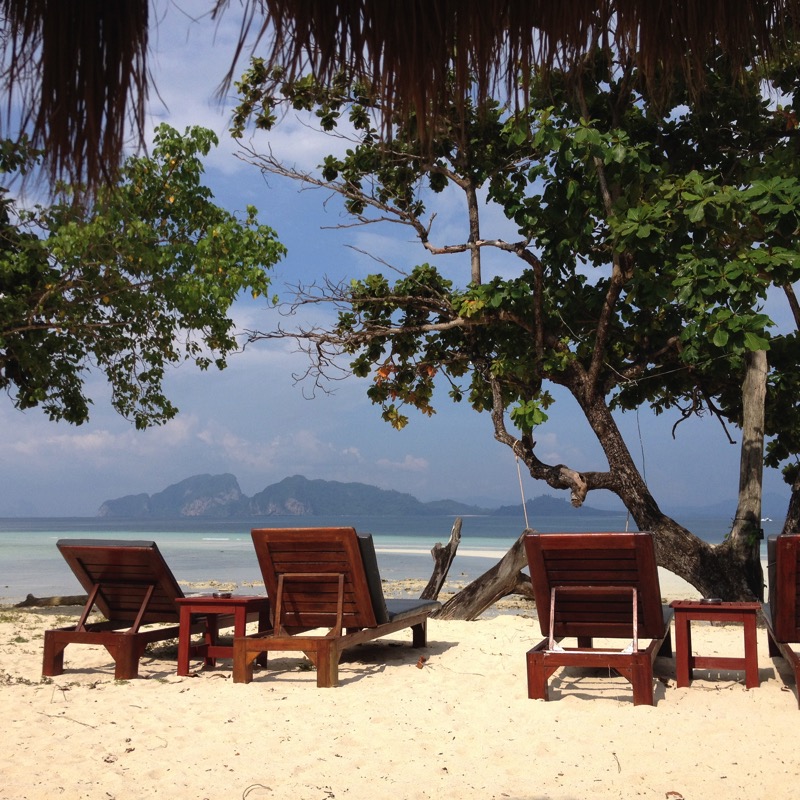
This is a no-brainer for seasoned travelers, but it bears repeating.
As Rolf Potts says in his excellent 2002 book “Vagabonding: An Uncommon Guide to the Art of Long-Term World Travel,” few regions in the world offer such diversity of culture, within such close proximity, that can be visited as easily and cheaply as Southeast Asia.
But don’t hurry to try to do too much all at once, with a rapid-fire itinerary like you would compile for a trip to the U.S. or Europe. Transportation links are pretty good, but things can take a little longer in Southeast Asia, which is part of its charm anyway.
If you’re coming from the U.S., for example, you really need two weeks at a minimum, otherwise you’ll be jet lagged much of the time you’re here, and will simply spend too much time on the airplane compared to your time actually on the ground. Longer than two weeks is even better, if you can swing it.
(This is, of course, generally good travel advice wherever you’re going: It’s better to focus on one or two destinations and explore them well than to visit as many places as possible but only get to know them superficially.)
2. For longer trips, use Bangkok as a Base
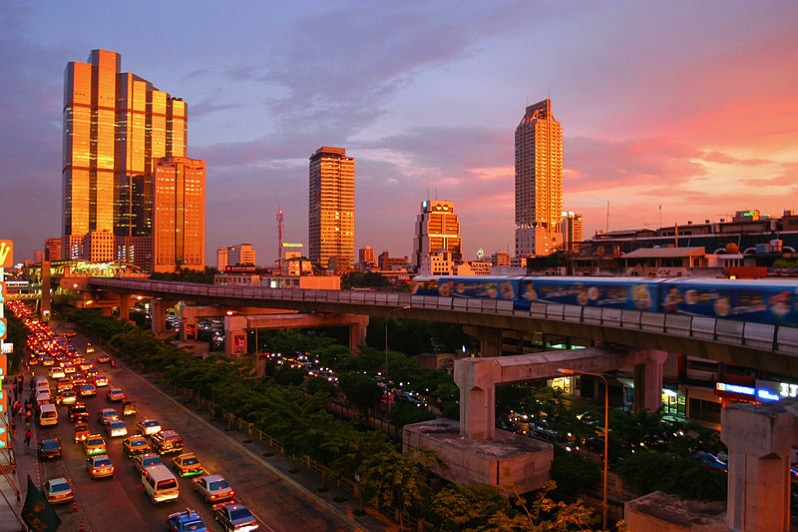
Again, this may seem obvious, but a good approach, especially if you’re traveling on a limited budget or have a a lot of time — as in, months — and a flexible schedule, is to fly into the Thai capital.
Bangkok is an excellent choice because:
- it’s right in the middle of the region, with good transport links
- has food and lodging that are relatively inexpensive
- is fascinating in its own right
Those who do even a little bit of investigating will a find a much more complex place than the one featured in movies like “The Beach” and “The Hangover Part 2.”
A few of my favorite Bangkok destinations and activities include:
- The Jim Thomspon House — an excellent first-day-in-Bangkok place to visit, with a lovely shaded restaurant where you can have a cool drink after the tour
- Chatuchak Market, the famous weekend bazaar, great for shopping — or simply people watching via the handful of bars and restaurants there
- the restaurant Arun Residence, from which you can take in Wat Arun, across the Chao Phraya
- the roofop bar at the Banyan Tree hotel
- Smalls, a new-ish neighborhood bar on Soi Suan Phlu
- Lumphini Park — great for a walk or jog, especially in the mornings and evenings, when it’s a bit cooler
- Eat Me restaurant in Silom
- Soul Food Mahanakorn restaurant in Thonglor
- river taxi ride on the Chao Phraya
- a shopping mall food court at a place like MBK, where you can sample just about any Thai dish imaginable
From the Thai capital, you can travel up to the northern city of Chiang Mai or down to some of the beaches, depending on your inclination. (One fun way to get up to Chiang Mai is the overnight train. You can book tickets from a local travel agent or from your hotel concierge in Bangkok.)
Chiang Mai:
- has excellent food
- has many picturesque temples
- has a climate is slightly cooler than Bangkok’s
- is fairly walkable, for Thailand, at least in the center of the city
Note: It is, however, a city; many people imagine it to be a small town, but it does suffer from big city ills like surprisingly thick traffic at times, and occasionally aggressive touts.
For budget hotels in Chiang Mai, I have had some nice stays at 3 Sis.
And for khao soi noodle soup, a northern Thailand specialty, my favorite restaurant is the nearby Huen Phen. (For Huen Phen, note that khao soi is served at the restaurant during lunchtime; the more upscale restaurant inside doesn’t serve it for dinner.)
Outside Chiang Mai, I really love the far northern town of Mae Hong Son. We had a fun trip there several years ago and stayed at Fern Resort.
Another option, from Bangkok, is go to the beach.
Popular destinations in the Gulf of Thailand, just several hours drive (taxis are bookable through hotels) are:
- Koh Samet
- the resort city of Hua Hin
Some of the best beach trips we took from Bangkok involved simply renting a car and driving the three or so hours down to a resort or hotel in Hua Hin.
Koh Samet and Hua Hin aren’t as exotic as some of Thailand’ more far-flung seaside spots, but they’re easier to get to.
Farther afield are beaches you’d need to fly to, but where you’ll find more options:
- the island of Phuket
- Krabi
Parts of Phuket are over-developed and seedy, while others a quiet and contain gorgeous, serene beaches. The thing to remember about Phuket is that it’s so big that it offers all kinds of accommodations, even though many people are only familiar with its less attractive parts.
Meanwhile, a longtime favorite location of ours in Krabi is Railei Beach Club, though I haven’t been in several years and I hear the area has gotten quite crowded.
Further afield: One of the most memorable trips I did in Thailand was in 2008, when, for a Travel + Leisure Southeast Asia story I rented a car and drove along the Mekong river, from the city of Udon Thani in the north to the city of Ubon Ratchathani in the east.
Few tourists venture to this part of Thailand, the rural Isaan region, and I very much recommend visiting to see how a huge portion of Thai people live.
So, to sum up: Bangkok is an fascinating and fun city, and gives you access to Chiang Mai in the north and the beaches in the south.
3. Next, Look Beyond Thailand to Cambodia, Laos, and Especially Vietnam

If you have more than ten days or two weeks, you also visit somewhere nearby like Angkor Wat, next door in Cambodia. (It’s possible to travel overland from Bangkok, to Siem Reap, where Angkor Wat is located, but flights are cheap, plentiful, and safer.)
A few additional destinations nearby are Laos, where you could visit the sleepy capital of Vientiane, or the even sleepier riverside city of Luang Prabang.
That said, Vietnam deserves special mention – it’s where I’ve had many of my most exciting and interesting travel experiences in Asia, particularly on motorbiking trips.
I’ve done two on World War II-era Minsk motorbikes with Hanoi-based tour group Explore Indochina.
I did another one independently, taking the bike on a train overnight from Hanoi to Sapa, a city in the north, and riding back to Hanoi over several days. There’s no better way to see the countryside and interact with people than on two wheels.
Hanoi, the cultural capital, is especially atmospheric, with a dense downtown area full of cafes and shops. Ho Chi Minh City, the commercial hub formerly known as Saigon, is buzzing and has incredible food.
4. More Destinations: Myanmar and Borneo

If you’re interested, now seems to be a good time to visit Myanmar. The country is largely undeveloped, and can be difficult to travel in, but began several years ago the process of political and economic reforms. That means tourism will likely pick up in the future. I haven’t been to the temples of Bagan, but I hear they are worth visiting.
Yangon, the former capital, is home to the remarkable Shwedagon Pagoda. Meanwhile the new capital, the largely deserted Naypyidaw, is increasingly drawing curious onlookers.
Consider Borneo. Travelers often forget about the gargantuan island, shared by Malaysia, Indonesia and Brunei, but it’s not too far a flight from Singapore or Kuala Lumpur.
I highly recommend Gunung Mulu National Park, where you can take in a curious sight known as the bat exodus.
5. Eat Liberally
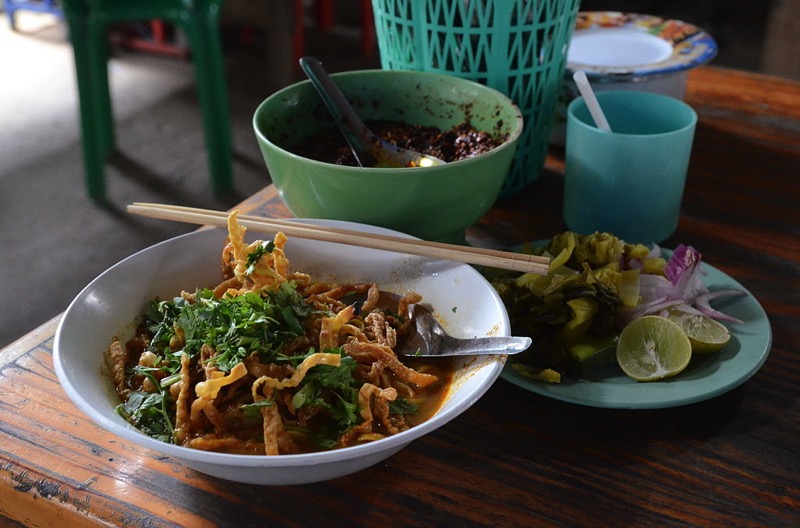
Street food, in most Southeast Asia locations – and certainly in Thailand – is generally safe to eat. Though you should follow the well-known rule of avoiding food that’s been sitting around for a while and aim to eat freshly cooked items. And when in doubt, don’t eat fresh vegetables that haven’t been cooked.
For Thailand eats, I suggest checking out my pal Austin Bush’s blog. He’s a longtime Bangkok-based food writer and photographer and knows a tremendous amount about the region’s cuisines, especially Thai food.
You can search his site for specific dishes or cities, and he also has an annotated food map of Bangkok on Google Maps.
I also suggest my friend Chawadee Nualkhair’s Bangkok Glutton blog.
Chaw also has a book I recommend called “Thailand’s Best Street Food,” which tackles Bangkok, Phuket, Chiang Mai and more.
6. Disconnect

You will likely be excited and want to show images from your travels, as soon as you capture them, via Facebook and Instagram. You may want to Tweet things.
You should not.
Wait until the trip is over to delve into your social media feeds. That way you can focus on the present and enjoy the moment. Read books or listen to music instead.
Definitely document things by taking photos and writing down your experiences, but sharing them in real-time will only divert your attention unnecessarily.
On several occasions after getting through especially frenzied periods of work in Bangkok, I decamped to Chiang Mai, where I spent a few days decompressing, enjoying novels while sitting next to the river drinking coffee (or beer).
These periods of offline reflection were always rewarding.
7. If You Must, SIM Cards and Wi-Fi are Widely Available

Although I advocate disconnecting while traveling for pleasure, I often like to have a local number while I’m in a different country to make calls and get mobile internet access for mapping and other uses.
SIM cards for (unlocked) smartphones are widely available in Southeast Asia. You can buy them when you arrive at Bangkok’s Suvarnabhumi airport, for example, and at most other airports in the region these days. In Thailand they are often available in 7-Elevens, as well.
Wi-Fi is also available at not just at hotels, as you’d expect, but in places like cafes and restaurants.
8. Don’t Overpack, But Bring the Right Stuff
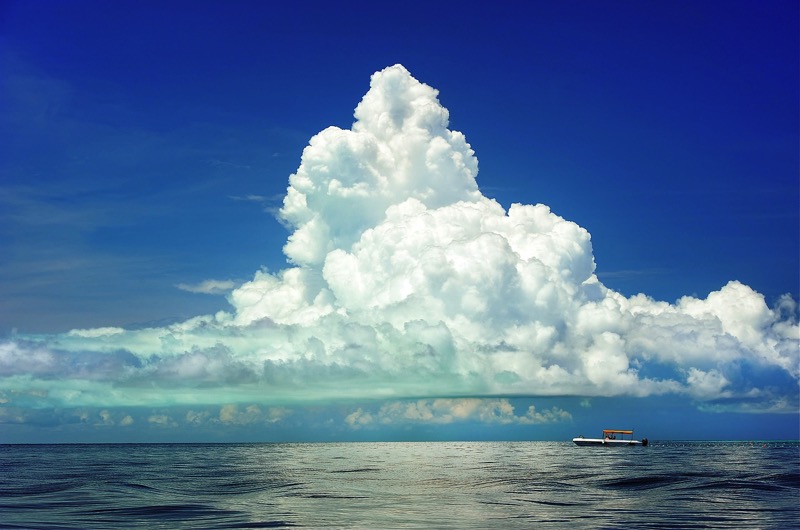
Yes, Southeast Asia’s climate is tropical, so you’ll want warm weather clothing like shorts and short-sleeved shirts. But keep in mind that people in cities, especially, tend to dress conservatively despite the heat, eschewing shorts for trousers and often wearing long-sleeved shirts.
My opinion: You should aim to blend in, not stick out. So save your swim suits and battered T-shirts for the beach or pool.
And a word on sandals: These generally shouldn’t be worn in cities. Some nicer bars and restaurants in many Southeast Asian cities require patrons to wear closed-toe shoes. So bring some along, and when in doubt, dress in a more respectable manner than you might assume is necessary. It’s always better to be slightly over-dressed than under-dressed.
9. Ask Friends of Friends for Advice

Traveling years ago with my pal Matt Gross, a fantastic food and travel writer, taught me the importance of hitting up friends — and friends of friends — for travel tips.
When researching his New York Times travel stories, Matt was a master at using his vast network of contacts to suss out where to go and what to do in particular destinations.
So, before you embark on your trip:
- Email all your friends to ask if anyone has recently been to the countries you’re considering visiting
- Put out a call on Facebook and Twitter for advice
- Ask everyone you know to put you in touch with people they might know who live in the places you’re targeting
The tips you get this way — from people to whom you may only be loosely connected — are often highly valuable. Of course, you’ll want to do your online research, but advice from people on the ground is always important.
10. Do Your Own Research

Reading the Lonely Planet tour guide history section for the destination you’re exploring is better than nothing, but if you’re not delving more deeply into the region’s history, you’re doing it wrong.
Some books I recommend:
- “Lands of Charm and Cruelty: Travels in Southeast Asia”, by Stan Sesser, provides illuminating background information on the past and present-day Singapore, Laos, Cambodia, Myanmar and Borneo.
- For those interested in politics and economics, an excellent guide is Joe Studwell’s “Asian Godfathers: Money and Power in Hong Kong and Southeast Asia.” Here are my notes from the book.
- For a history of Thailand, Chris Baker and Pasuk Phongpaichit’s “A History of Thailand” is comprehensive.
- “The River of Lost Footsteps: A Personal History of Burma,” by Thant Myint-U, provides a lot of background information on Myanmar.
- David Lamb’s Vietnam, Now: A Reporter Returns, tells you all about the legacy of the war and contemporary Vietnam.
- Two popular books on Indonesia are Richard Lloyd Parry’s “In the Time of Madness: Indonesia on the Edge of Chaos,” and Elizabeth Pisani’s “Indonesia, Etc.: Exploring the Improbable Nation”
-
While it’s not specific to Southeast Asia, Chuck Thompson’s “Smile When You’re Lying: Confessions of a Rogue Travel Writer” is one of my favorite travel books of all time.
-
And for websites, a first-stop for detailed information on specific destinations should be TravelFish, a travel site specifically for Southeast Asia.
Travel + Leisure Southeast Asia sadly doesn’t seem to have many of its past issues archived on the site, but it’s still a good resource for information on more up-scale pursuits.
Happy traveling!

















